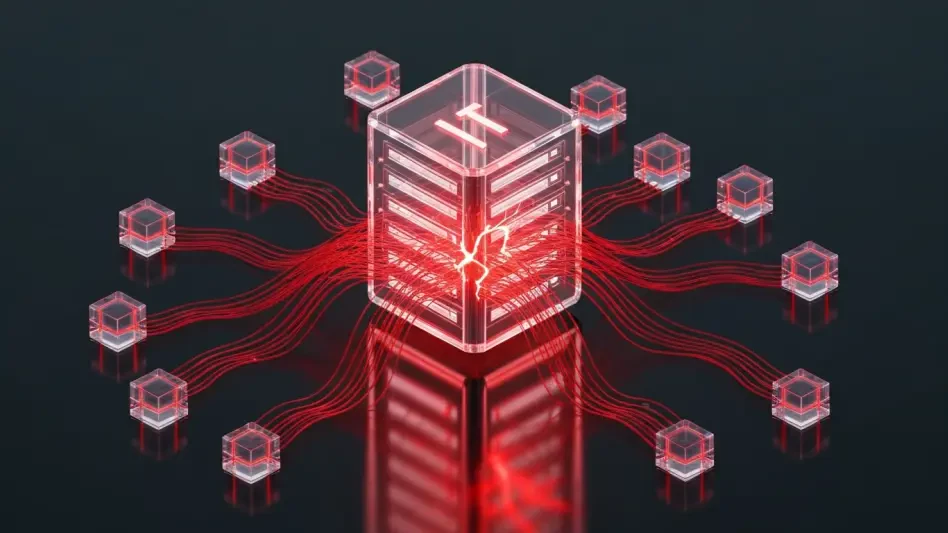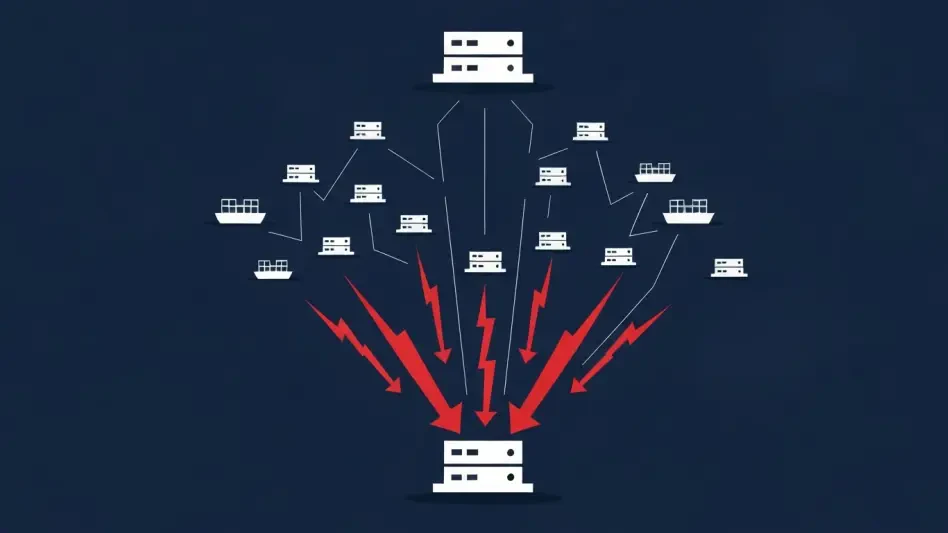Imagine a scenario where a single unpatched flaw in a widely used security console allows attackers to execute malicious commands remotely, without any authentication, compromising entire organizational networks in mere minutes. This is not a hypothetical situation but a stark reality faced by countless enterprises in today’s digital landscape, where cyber threats escalate in both frequency and sophistication, making the importance of vulnerability mitigation tools more critical than ever. These tools serve as a first line of defense, buying time for organizations to implement permanent fixes while minimizing exposure to devastating attacks. This analysis delves into the rising demand for such solutions, examines real-world applications through specific cases, incorporates expert insights, explores the future evolution of these tools, and offers key takeaways for organizations aiming to stay ahead of cyber risks.
The Rising Demand for Vulnerability Mitigation Tools
Growth and Adoption Trends in Mitigation Solutions
The cybersecurity landscape is under siege, with cyber threats growing at an alarming rate. According to recent reports from Cybersecurity Dive, the volume of critical vulnerabilities exploited in the wild has surged by over 30% in the past two years, underscoring the urgent need for robust defenses. Organizations across industries are grappling with increasingly sophisticated attacks that target unpatched systems, often before vendors can release comprehensive fixes. This reality has driven a sharp rise in the adoption of vulnerability mitigation tools, which act as temporary shields against exploitation.
Statistics reveal a clear trend: a growing number of enterprises are investing in solutions designed to address critical flaws swiftly. Industry surveys indicate that nearly 60% of large organizations have integrated rapid response tools into their security frameworks over the past year, with offerings from vendors like Trend Micro leading the charge. These tools are not just a stopgap; they represent a shift toward proactive cybersecurity, enabling teams to neutralize threats in real time while awaiting permanent patches.
The evolution of rapid response mechanisms is also noteworthy. Modern mitigation solutions are designed to tackle critical vulnerabilities before they can be fully exploited, often through automated detection and containment features. This trend reflects a broader recognition that traditional patch cycles are too slow to keep pace with agile threat actors, pushing organizations to prioritize interim measures as a core component of their defense strategy.
Real-World Impact: Case of Trend Micro’s Apex One Vulnerabilities
A prime example of the critical role mitigation tools play can be seen in the recent vulnerabilities discovered in Trend Micro’s Apex One Management Console. Identified as CVE-2025-54948 and CVE-2025-54987, these command injection flaws pose a severe risk, allowing attackers to execute arbitrary code on unpatched systems without authentication. Reports confirm that at least one instance of exploitation in the wild has already occurred, highlighting the immediate danger to organizations relying on this security tool.
On August 5, Trend Micro responded by releasing a mitigation tool to protect users from these critical weaknesses. This interim solution limits the potential for damage by restricting certain functionalities, such as remote agent installation, while a full patch is prepared for release by mid-August. The swift deployment of this tool underscores the importance of rapid response in containing threats that could otherwise lead to widespread compromise of sensitive systems.
The severity of these flaws cannot be overstated. By exploiting a pre-authentication vulnerability, attackers can bypass standard security barriers, gaining access to execute malicious commands at the same privilege level as the underlying process. This case serves as a stark reminder of how mitigation tools, even with temporary operational trade-offs, are indispensable in preventing catastrophic breaches during the critical window between vulnerability discovery and patch availability.
Expert Perspectives on Mitigating Critical Vulnerabilities
The gravity of pre-authentication flaws, such as those found in Trend Micro’s Apex One, has drawn sharp commentary from industry experts. Heath Renfrow, Chief Information Security Officer at Fenix24, emphasized the ease with which attackers can exploit such vulnerabilities remotely. He noted that the absence of a credential requirement drastically lowers the barrier for compromise, making unpatched systems prime targets for malicious actors seeking to infiltrate networks with minimal effort.
Renfrow and other experts advocate for immediate action, urging security teams to apply available mitigation tools despite any associated operational inconveniences. Recommendations include restricting network exposure of vulnerable systems by limiting access to trusted administrative networks or VPNs, as well as blocking internet-facing connections. Additionally, organizations are advised to monitor for signs of exploitation, such as unusual process executions or privilege escalations, and to hunt for indicators of compromise in system logs to detect early-stage attacks.
Beyond individual cases, industry thought leaders stress the broader importance of proactive vulnerability management. Temporary mitigation tools are increasingly seen as a vital bridge to permanent fixes, allowing organizations to maintain operational continuity under threat. This perspective highlights a shift in cybersecurity thinking, where the focus is not just on patching but on building resilient systems capable of withstanding attacks through layered defenses and rapid response capabilities.
Future Outlook: The Evolution of Vulnerability Mitigation Tools
Looking ahead, the landscape of vulnerability mitigation tools is poised for significant advancements. Innovations such as AI-driven threat detection and automated response mechanisms are expected to revolutionize how organizations address critical flaws. These technologies promise to identify and contain vulnerabilities at unprecedented speeds, reducing the window of opportunity for attackers and potentially preventing breaches before they occur.
The benefits of such tools are already evident in related high-profile cases, like the Microsoft Exchange vulnerability tracked as CVE-2025-53786. This flaw, which could enable total system compromise by allowing attackers to transition from on-premises to cloud environments, illustrates the catastrophic potential of unaddressed weaknesses. Advanced mitigation solutions offer a glimmer of hope, providing mechanisms to limit damage and protect critical infrastructure even as threats evolve.
However, challenges remain. Interim mitigation tools, while effective, can introduce operational disruptions that force organizations to balance security with functionality. There is also the persistent risk that exploitation may outpace response efforts if permanent patches are delayed. Across industries, reliance on these tools is likely to shape cybersecurity strategies, emphasizing speed and adaptability, though it also raises concerns about over-dependence on temporary fixes at the expense of long-term system hardening.
Key Takeaways and Call to Action
Vulnerability mitigation tools stand as indispensable assets in the fight against urgent cyber threats, with the Trend Micro Apex One case serving as a compelling illustration of their necessity. These solutions empower organizations to address critical flaws swiftly, minimizing exposure during vulnerable periods. Expert guidance further reinforces the value of proactive measures in safeguarding systems against ever-evolving risks.
Reflecting on the journey through this analysis, it becomes clear that staying ahead of cyber threats demands vigilance and rapid adoption of interim solutions. Organizations that embrace mitigation tools promptly gain a crucial edge in protecting their networks. The insights shared by industry leaders underscore a collective push toward resilience, even as challenges like operational trade-offs persist.
Looking to actionable next steps, enterprises should prioritize integrating advanced mitigation strategies into their security frameworks, ensuring they are prepared for emerging threats. Investing in technologies like AI-driven detection could further enhance response capabilities. Ultimately, fostering a forward-thinking mindset proves essential, as the cybersecurity landscape continues to evolve, demanding adaptability and a commitment to continuous improvement.








